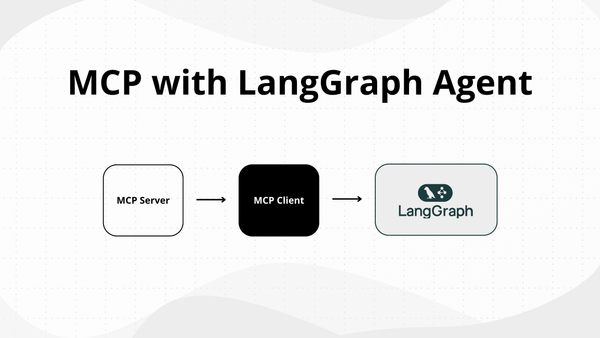A Systematic Survey of Prompt Engineering in Large Language Models: Techniques and Applications

Original Paper: https://arxiv.org/abs/2402.07927
By: Pranab Sahoo, Ayush Kumar Singh, Sriparna Saha, Vinija Jain, Samrat Mondal, Aman Chadha
Abstract:
Prompt engineering has emerged as an indispensable technique for extending the capabilities of large language models (LLMs) and vision-language models (VLMs).
This approach leverages task-specific instructions, known as prompts, to enhance model efficacy without modifying the core model parameters.
Rather than updating the model parameters, prompts allow seamless integration of pre-trained models into downstream tasks by eliciting desired model behaviors solely based on the given prompt.
Prompts can be natural language instructions that provide context to guide the model or learned vector representations that activate relevant knowledge.
This burgeoning field has enabled success across various applications, from question-answering to commonsense reasoning. However, there remains a lack of systematic organization and understanding of the diverse prompt engineering methods and techniques.
This survey paper addresses the gap by providing a structured overview of recent advancements in prompt engineering, categorized by application area. For each prompting approach, we provide a summary detailing the prompting methodology, its applications, the models involved, and the datasets utilized.
We also delve into the strengths and limitations of each approach and include a taxonomy diagram and table summarizing datasets, models, and critical points of each prompting technique.
This systematic analysis enables a better understanding of this rapidly developing field and facilitates future research by illuminating open challenges and opportunities for prompt engineering.
Summary Notes
Simplifying Prompt Engineering in AI: A Comprehensive Overview
Prompt engineering is a cutting-edge approach that significantly boosts the functionality of pre-trained large language models (LLMs) and vision-language models (VLMs).
It uses task-specific instructions, known as prompts, to direct models in producing desired outcomes. This enables the models to tackle a wide array of tasks without the necessity for extensive retraining.
Techniques in Prompt Engineering
Prompt engineering employs several techniques to improve model performance across different tasks, including adapting to new tasks, enhancing reasoning and logic, reducing errors, and more. Here's a breakdown:
Adapting to New Tasks
- Zero-Shot Prompting: Allows models to approach new tasks with just prompts, no specific training data needed.
- Few-Shot Prompting: Uses a few examples to help models grasp new tasks better.
Boosting Reasoning and Logic
- Chain-of-Thought (CoT): Helps models break down their reasoning process, improving problem-solving skills.
- Automatic Chain-of-Thought (Auto-CoT): Automates the generation of reasoning chains, making models more robust and efficient.
- System 2 Attention (S2A): Enhances response quality by focusing on crucial parts of the input.
Minimizing Errors
- Retrieval Augmented Generation (RAG): Combines data retrieval with prompt engineering to supply relevant information, reducing errors.
- ReAct Prompting: Lets models refine their responses with new information, merging reasoning with action.
Enhancing Fine-Tuning and Optimization
- Automatic Prompt Engineering (APE): Automatically generates and selects the best prompts, tailoring responses to various contexts effectively.
Improving User Interaction
- Active Prompting: Boosts performance on complex tasks through specific prompts and identifies the most uncertain questions for further clarification.
Facilitating Code Generation
- Scratchpad Prompting: Assists models in performing complex multi-step calculations through the generation of intermediate tokens.
- Chain of Code (CoC): Enhances reasoning by structuring responses in executable code format.
Analytical Framework
The survey provides a methodical framework, offering a well-structured overview of prompt engineering's latest developments.
It reviews techniques by application area, summarizing methods, applications, models, and datasets used. This structured analysis helps clarify the field's current state and potential future directions.
Conclusion
At the leading edge of AI research, prompt engineering introduces innovative methods to increase the adaptability and efficiency of LLMs without heavy retraining.
The survey categorizes various techniques and their applications, pointing out future trends like meta-learning and hybrid prompting architectures.
It also addresses challenges like biases and inaccuracies. As prompt engineering evolves, it's set to revolutionize AI advancements in a way that's ethically mindful.
Key Takeaways
This detailed overview provides AI engineers in enterprise settings a clear picture of prompt engineering, showcasing its ability to adapt LLMs to diverse tasks and challenges efficiently.
With its focus on recent research, the survey underscores the growing interest and importance of prompt engineering in advancing AI.




